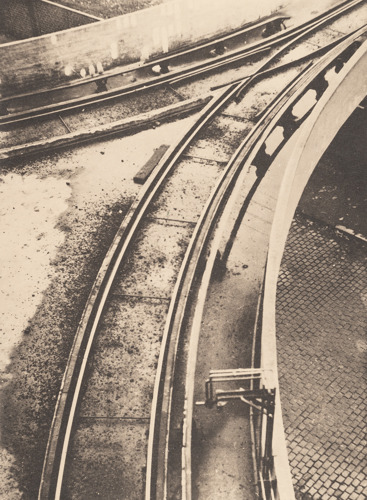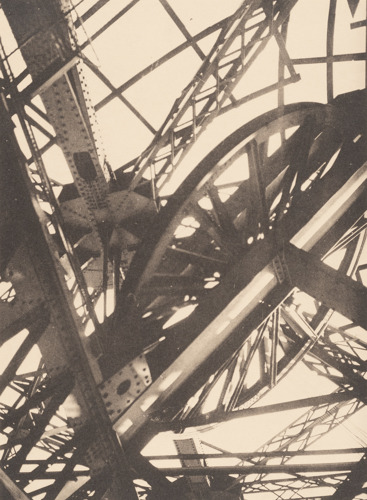- Art Home
- Exhibitions
-
Explore the Collection
- Explore the Collection Home
- African Art
- American Paintings, Sculpture and Drawings
- Contemporary
- Decorative Arts and Design
- East Asian Art
- European Paintings, Sculpture and Drawings
- Fashion Arts and Textiles
- Musical Instruments
- Indigenous American Art
- Photography
- Prints
- South Asian Art, Islamic Art and Antiquities
- Provenance and Cultural Property
- Conservation
- Meet the Curators
- Digital Resources
- Art Bridges Cohort Program
- Events & Programs Home
- Calendar
- Accessibility
- Adults
-
Families & Teens
- Families & Teens Home
- 10x10 Teen Art Expo
- Art on the Rise
- Art Together: Art Making for Families with Children Ages 3–5
- Boy Scouts / Girl Scouts
- CAM Kids Day
- Family Storytime and Gallery Walk
- Family Studio: Art Making for Families with Children Ages 6–12
- Games in the Galleries
- Members-Only Baby Tours
- Public Baby Tours
- REC Reads
- Rosenthal Education Center (REC)
- See Play Learn Kits
- Summer Camp
- Teachers
- Community Outreach
- Fundraisers
- Plan Your Own Event

- Art Home
- Exhibitions
-
Explore the Collection
- Explore the Collection Home
- African Art
- American Paintings, Sculpture and Drawings
- Contemporary
- Decorative Arts and Design
- East Asian Art
- European Paintings, Sculpture and Drawings
- Fashion Arts and Textiles
- Musical Instruments
- Indigenous American Art
- Photography
- Prints
- South Asian Art, Islamic Art and Antiquities
- Provenance and Cultural Property
- Conservation
- Meet the Curators
- Digital Resources
- Art Bridges Cohort Program
- Events & Programs Home
- Calendar
- Accessibility
- Adults
-
Families & Teens
- Families & Teens Home
- 10x10 Teen Art Expo
- Art on the Rise
- Art Together: Art Making for Families with Children Ages 3–5
- Boy Scouts / Girl Scouts
- CAM Kids Day
- Family Storytime and Gallery Walk
- Family Studio: Art Making for Families with Children Ages 6–12
- Games in the Galleries
- Members-Only Baby Tours
- Public Baby Tours
- REC Reads
- Rosenthal Education Center (REC)
- See Play Learn Kits
- Summer Camp
- Teachers
- Community Outreach
- Fundraisers
- Plan Your Own Event
Blog: CAM Uncovered
Blog: CAM Uncovered
- Home
- Plan Your Visit
-
Art
- Art Home
- Exhibitions
-
Explore the Collection
- Explore the Collection Home
- African Art
- American Paintings, Sculpture and Drawings
- Contemporary
- Decorative Arts and Design
- East Asian Art
- European Paintings, Sculpture and Drawings
- Fashion Arts and Textiles
- Musical Instruments
- Indigenous American Art
- Photography
- Prints
- South Asian Art, Islamic Art and Antiquities
- Provenance and Cultural Property
- Conservation
- Meet the Curators
- Digital Resources
- Art Bridges Cohort Program
-
Events & Programs
- Events & Programs Home
- Calendar
- Accessibility
- Adults
-
Families & Teens
- Families & Teens Home
- 10x10 Teen Art Expo
- Art on the Rise
- Art Together: Art Making for Families with Children Ages 3–5
- Boy Scouts / Girl Scouts
- CAM Kids Day
- Family Storytime and Gallery Walk
- Family Studio: Art Making for Families with Children Ages 6–12
- Games in the Galleries
- Members-Only Baby Tours
- Public Baby Tours
- REC Reads
- Rosenthal Education Center (REC)
- See Play Learn Kits
- Summer Camp
- Teachers
- Community Outreach
- Fundraisers
- Plan Your Own Event
- Give & Join
- About
- Tickets
- Calendar
- Exhibitions
- Blog
- Shop
Trailblazing modernist photographer Germaine Krull enters CAM collection via the Mary R. Schiff Library & Archives
by Emily Bauman, Curatorial Assistant for Photography & Film Programmer for Moving Images
2/10/2021
photography , Mary R. Schiff Library and Archives , Germaine Krull , modern art , permanent collection


In fall of 2019, the CAM curator of photography and I were peering into books in the stacks of the Mary R. Schiff Library & Archives. Our project was to identify books that might enter the FotoFocus Photobook Collection—a growing, open-access collection housed in the Library. The Photobook Collection includes groundbreaking new titles alongside those that have become historical touchstones of the genre. It was this latter category that was our focus that day, as we thumbed through the Library’s rich holdings. Titles including Robert Frank’s The Americans and Edward Ruscha’s Twentysix Gasoline Stations were among those to receive the official FotoFocus Photobook Collection stamp. But as we examined the photomechanical prints contained in Germaine Krull’s Métal, the curator recommended a different path. Wheels were set in motion, and Krull’s groundbreaking modernist work now resides in the Photography Collection at the museum.
Krull considered the photobook, rather than the exhibition, to be the ideal culmination of a project. Martin Parr and Gerry Badger’s The Photobook: A History Volume I (Phaidon, 2004) describes Métal as “the finest example of a modernist photobook in the dynamic, cinematic mode.” Depicting modernist giants in Rotterdam and Paris, the compendium forms a lively visual tour—not of industrial landscapes via skylines or full building views, but rather through portraits of the intersecting metal armatures that make up cranes, bridges, towers, and machines. In the images above, we see views depicting splitting railroad tracks at the Paris Métro and the dizzying inner workings of the Eiffel Tower. The portfolio’s sequence has a cinematic feel, echoing the experience of filmic montage with changes of perspective and unpredictable shifts from one location to another.
Born in 1897 in Wilda-Poznań, East Prussia, Krull would become a pioneer of avant-garde photography, the photobook, and photographic journalism. She was also a political activist and resided on four continents over her nine-decade lifetime. Watch for a future installation of Métal in the museum galleries. And in the meantime, if you’d like to read more about Krull’s extraordinary life, an excellent biography by Kim Sichel—though out of print—can be found at the Cincinnati Public Library.
Image credit: Germaine Krull (1897–1985), untitled plates from the portfolio, Métal, 1928, collotypes (photomechanical prints), Library Transfer, 2019.298.22-23. © Estate Germaine Krull, Museum Folkwang, Essen
Cincinnati, OH 45202
Toll Free: 1 (877) 472-4226
Museum Hours
Museum Shop
Terrace Café
Library
The Cincinnati Art Museum is supported by the generosity of tens of thousands of contributors to the ArtsWave Community Campaign, the region's primary source for arts funding.

Free general admission to the Cincinnati Art Museum is made possible by a gift from the Rosenthal Family Foundation. Exhibition pricing may vary. Parking at the Cincinnati Art Museum is free.
Generous support for our extended Thursday hours is provided by Art Bridges Foundation’s Access for All program.

General operating support provided by:



